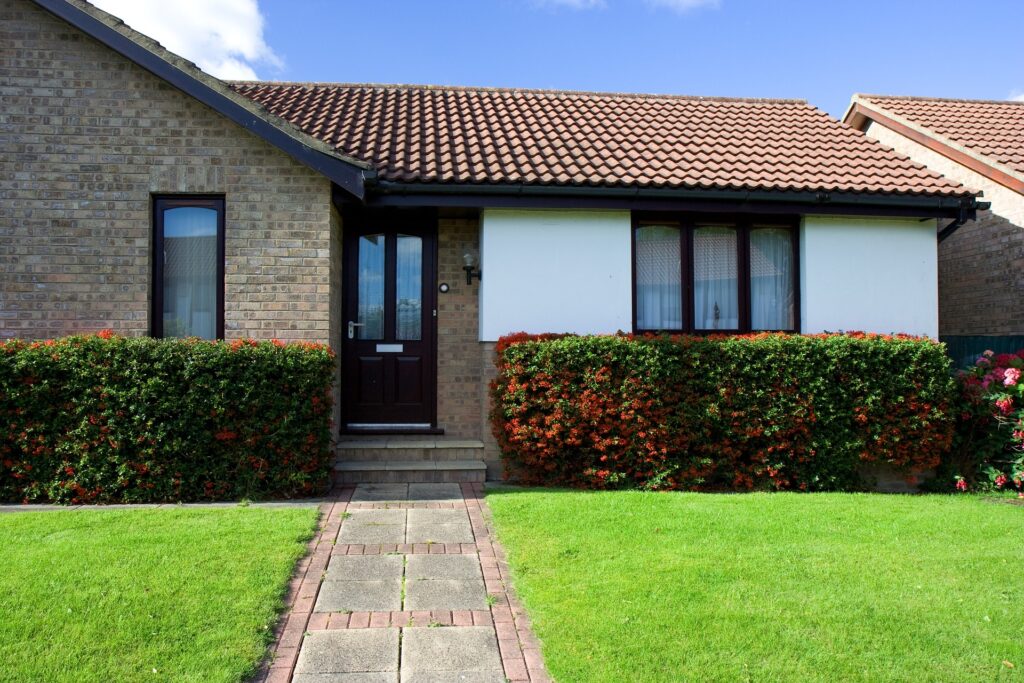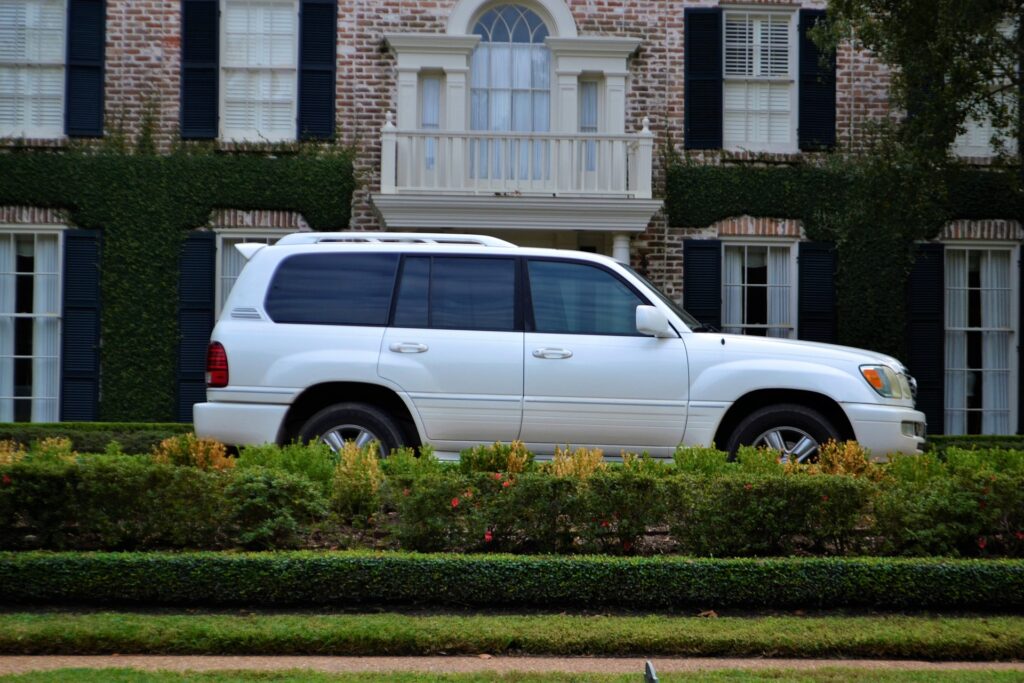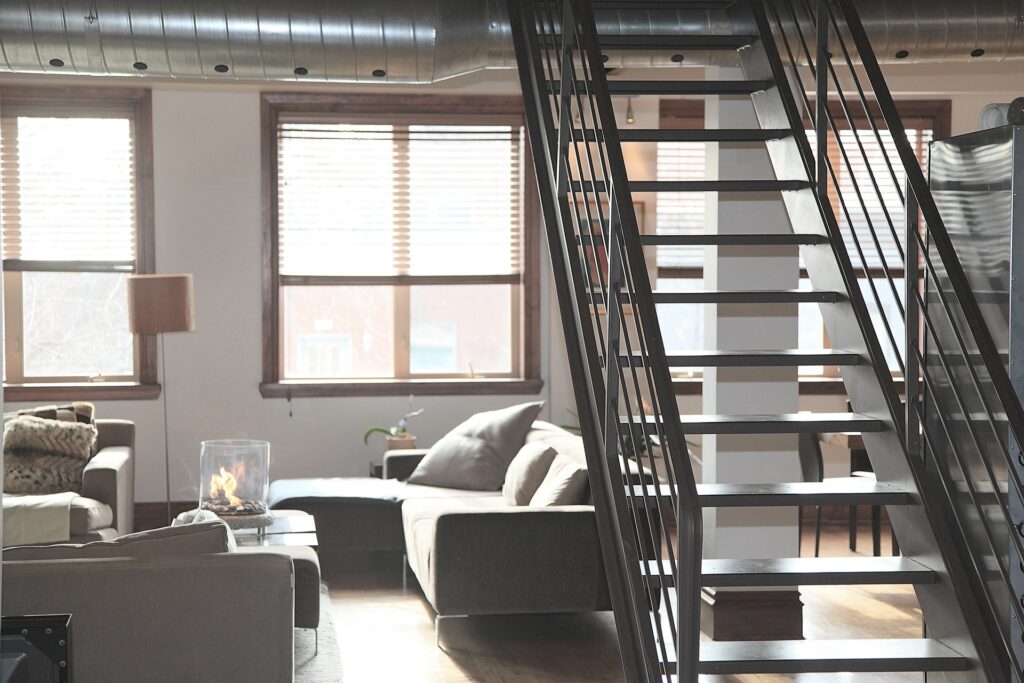Here’s one of the biggest mistakes American landlords make with their rental properties: they increase the rent.
Why would this be a mistake? After all, higher rents should mean more money, not less.

The issue is – most times, landlords increasing their rents actually ends up losing them a ton of money in the process!
How is that possible?
It’s simple math, and we’ll break it down for you.
Let’s suppose you have a property where the rent is currently set at $1100 a month, but while browsing online, you discover you’re a little on the low side.
Maybe your managing agent has even been whispering in your ear about the rents in your rental property’s area being higher than you currently rent it out for.
They’ve explained that rental units have been flying like hotcakes and rent prices are going through the roof where your rental unit is, and you start thinking maybe you could get a couple of hundred dollars a month more out of your tenant.
Let’s put a number on it so we can do the math as cleanly as possible. Say, you could get $1350 a month instead of $1100 – so $250 more each and every month.
That’s not too shabby, nothing to sneeze at, right?
Who couldn’t use an extra $250 a month?
But let’s put a pause on that button and take a look at the real cost of raising rent.
Many landlords fail to understand the math and the logic behind letting your tenants alone on a lower than market rent rather than risk the attendant costs connected to raising the rent on a tenant who then gives you notice.
At the end of the day, it’s all about your rental income being as passive as possible and not about taking late night calls from tenants, fixing toilets, or waiting around for no-show deadbeats on your open house!
If you really, really must raise the rent you have a choice…

Option 1: Raise the Rent on Your Current Tenant
You can talk to the tenant and see if they’re willing to pay more for living in the home you provide them.
Here’s the thing though: when a landlord takes the current market rent and wants to increase
an existing monthly rent the tenants usually look at it like this:
Well, I’ve been paying $1100 a month for this place and it’s a fair rent. Because it feels fair, I haven’t hassled the landlord for the leaking faucet, or the missing shingle on the roof because I don’t want to attract too much attention to the fact the rent is pretty reasonable. But, do I really want to pay more for the same space I’m enjoying now for less?
You might think to yourself, “I’m sure my tenant doesn’t really want to move either, so what are they gonna do? They’ll just have to pay if I increase the rent.”
While that may be true, tenants are human beings just as much as we are, and if you start negotiating prices, they’re going to start wondering whether what they have is a good deal.
They’ll begin to think about moving even if it wasn’t on their mind before. Start talking to their partner in the evenings about taking a look at that place down the road that had a for lease sign up, browsing around the other options on Rent.com, seeing all those nice, clean, newly renovated apartments for almost the same money, maybe even one right by where they work instead of a ways away like they are now…
The tenant then has a choice:
Either they tell you they’re gonna move. And if it’s market rent you can be sure your competitors have their places dolled up to the nines for that asking price.
Or they’re gonna want you to fix those pending issues in your place that they always meant to ask you
about but never got around to.
Since you’re going to have some extra money, Mr. Landlord, the fence that I’ve been ignoring needs to be fixed, and the hot water is always running out in the middle of my shower, there’s very little water pressure throughout the house, and there’s recently been a funky smell (maybe a dead squirrel?) coming from the crawl space…
You get the picture. Poking a stick into the hornet’s nest is not usually the best idea.
If you want to be a landlord who maximizes every cent from every single tenant, creating a heck of a lot more work for yourself in the process. Go right ahead and try raising the rent.
But if you want to be a landlord with as little work as possible associated with their property because you have tenants who are happy and satisfied and take care of themselves. Oh, and who isn’t constantly being stung by a slew of unnecessary costs because your tenants are passive aggressively getting back at you for increasing their rent? Yeah, leave the hornet’s nest alone.

Option 2: Get a New Tenant to Pay the New Price
So, let’s say your tenant decides to move out. Doesn’t want to pay the new price, doesn’t think it’s worth it, or thinks you’re being unfair. Or hell, all of the above.
You think no problem. Rent is up. I’ll get another tenant who will pay me the $1350 a month.
Great – in concept.
But, to get that extra $250 a month you’re gonna need to do a few things first.
Not cheap things. The place needs touch ups.
Why? Well, there’s nothing sadder looking than a rental property where the tenants just left.
Even if we call the renovation (small as it might be) a refresh, or a “light” rehab, at minimum there will be some paint, some new white goods, a new carpet in the room where the last tenant spilled coffee and was hiding it with a rug…
Well, those costs add up.
And even if by some miracle you don’t end up paying much. Say you have the manpower from friends and family to do the touch ups. You’ve got to remarket the property.
You can put in on Craigslist or call that agent up who’s been nagging you about the new rental prices (who’s the real winner in this situation, by the way).
But if you want your weekends to yourself – neither of these is a good option as they’re both time consuming and nowhere near hassle free.
Oh, and remember – your new tenants have to give notice to their own landlords for where they’re currently living as well so it could easily run your voids to two months before your new tenants are
in the place and paying you that $1350.
See it now? All those lost dollars? Was it worth the $250 after all?
The result of all this is that a really wise landlord will look at the price of rent not in a vacuum, but
as a whole.

Now, if you have multiple rentals, just imagine how easily the costs could soar across your whole portfolio.
To finally be able to be making an extra $200-250 a month may cost you $3000-5000 in the process… and then the next rental year, you do that again?
That’s a sure fire way of losing money, and massively increasing your active involvement in what is after all, supposed to be a passive income business.
